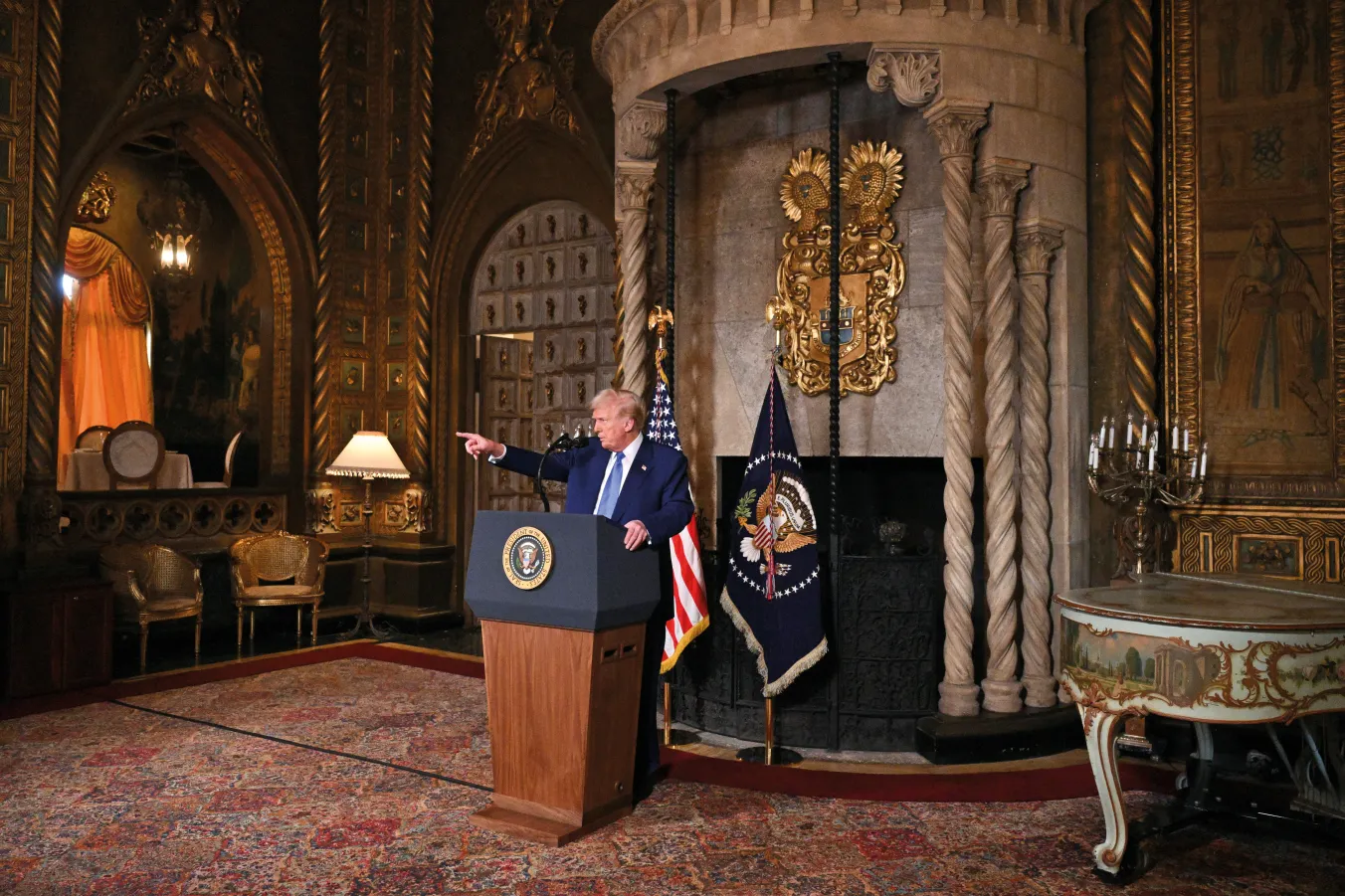VIJAY PRASHAD examines why in 2018 Washington started to take an increasingly belligerent stance towards ‘near peer rivals’ – Russa and China – with far-reaching geopolitical effects
Woman, Life, Freedom: two years of defiance in Iran
Iran’s women’s rights movement now joins widespread unrest, as pensioners, steelworkers and students unite against corruption, repression and economic mismanagement by the theocratic regime, writes STEVE BISHOP
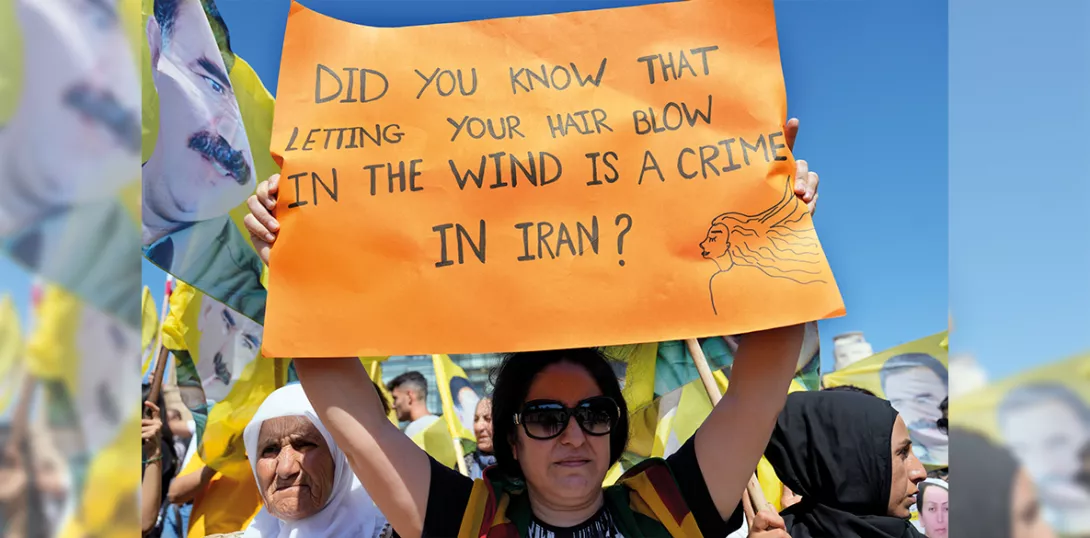
THIS weekend marks the second anniversary of the murder in custody of 22-year-old-Iranian woman Mahsa Amini, at the hands of the security forces of the Islamic Republic of Iran.
The murder of Amini gave rise to the Woman, Life, Freedom movement which has swept across Iran for the past two years and challenged the orthodoxy of theocratic dictatorship, which has gripped Iran for over 40 years.
Following the death in custody of Amini in September 2022, detained for allegedly not following oppressive hijab rules, protests took place across all regions in Iran. Demonstrations of opposition to the regime extended beyond the major cities and into the traditionally more conservative small towns and countryside areas.
More from this author
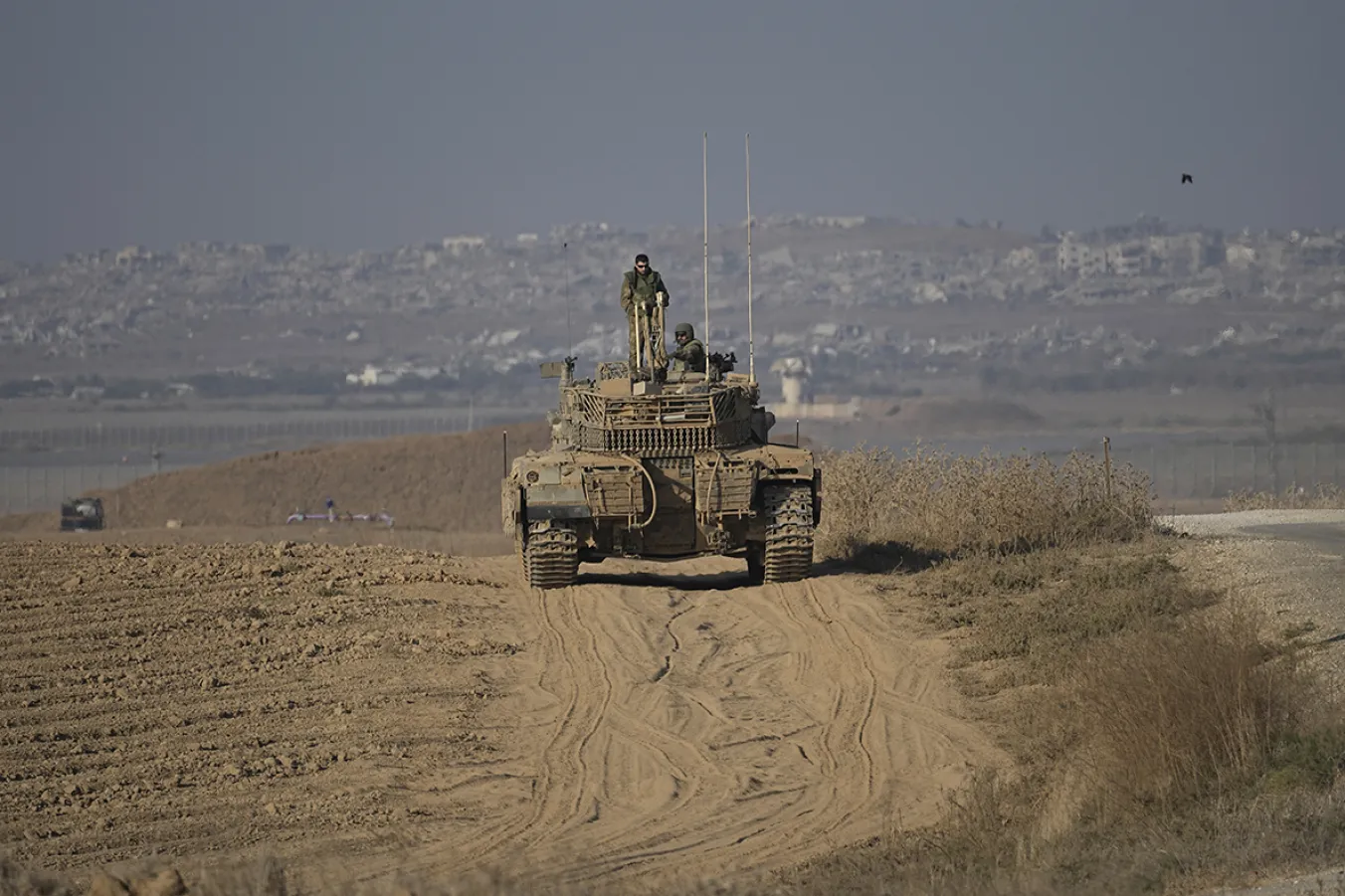
STEVE BISHOP argues that the US failure to restrain Israel is pushing the region towards wider war, with an attack on Iran likely to have devastating consequences
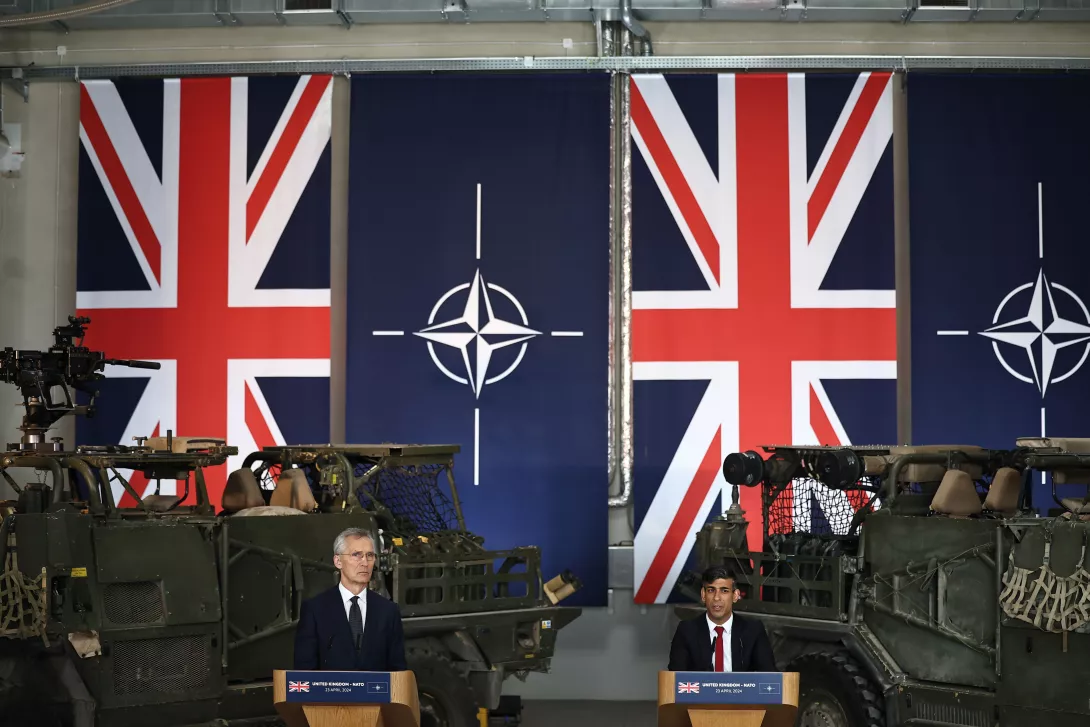
As the election rapidly approaches STEVE BISHOP highlights the need for a progressive foreign policy
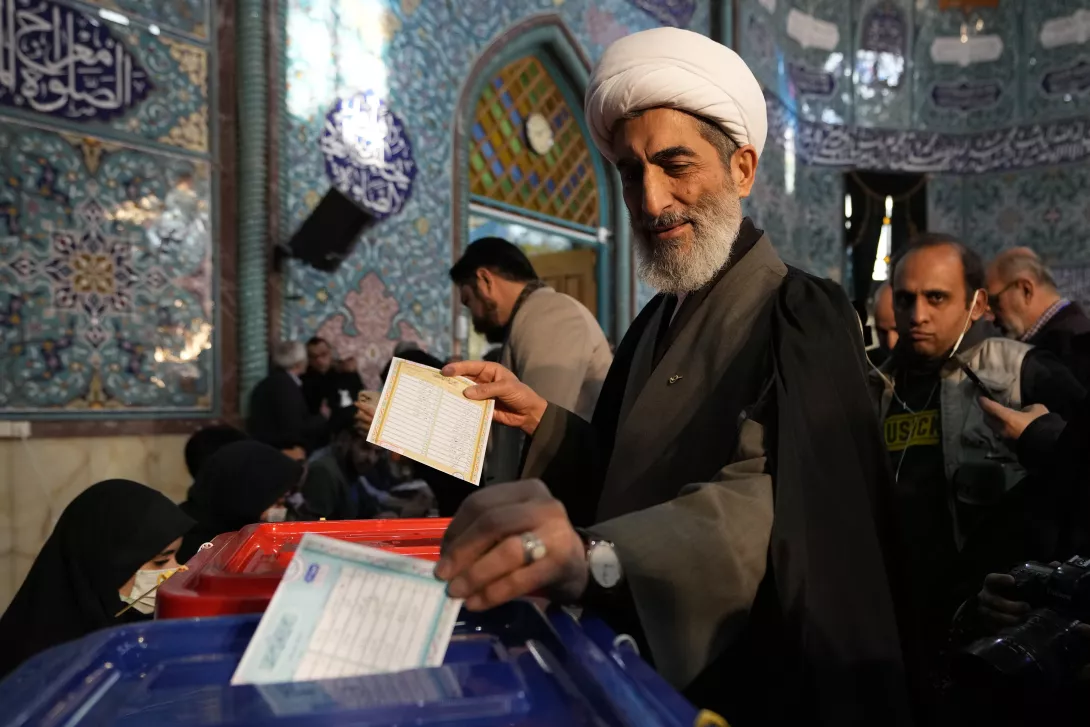
Analysing the results of last week’s elections reveals a devastating pattern for the theocratic regime, despite all their machinations, leaving them isolated and rejected — another popular movement cannot be far off, writes STEVE BISHOP
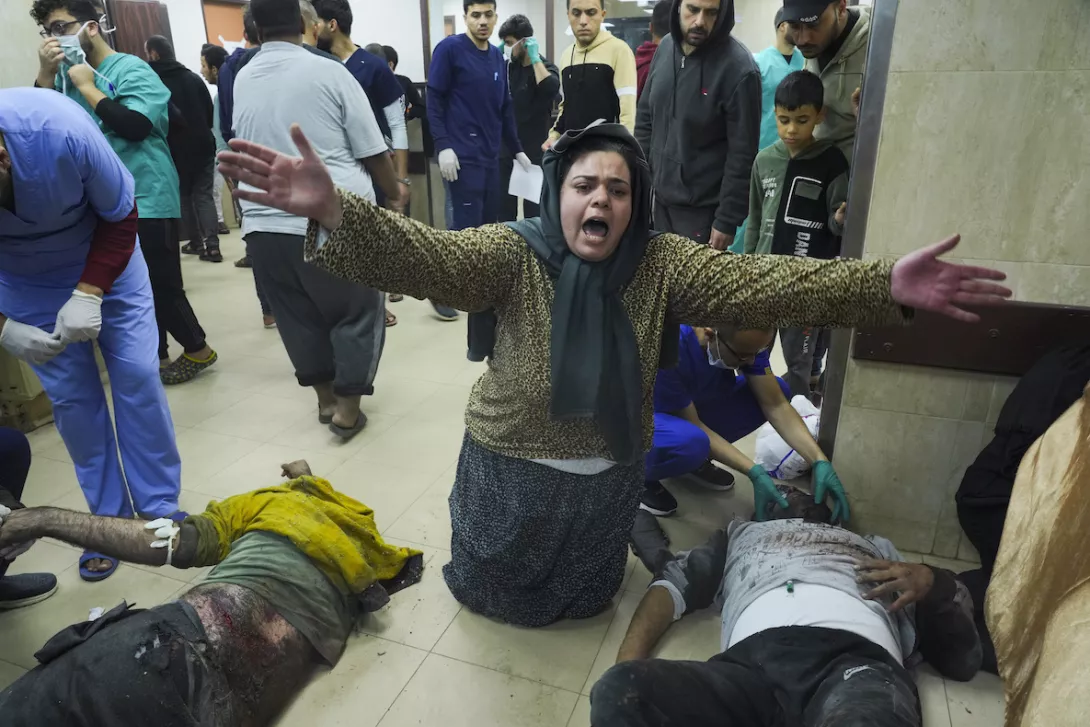
Israel says it must make sure ‘Gaza will never be a threat again’ — the only guarantee would be an end to war and occupation and justice for the Palestinian people, writes STEVE BISHOP
Similar stories
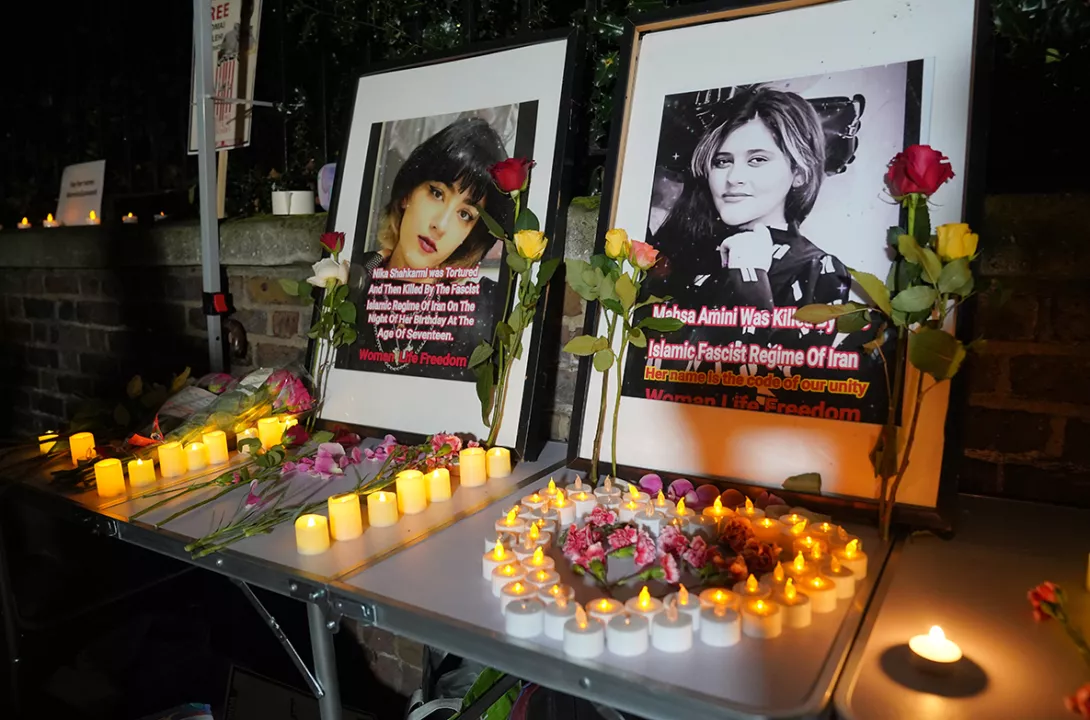
Activists who are carrying forward the democratic struggle of the Iranian people for peace, human rights and social progress need our urgent solidarity, says JAMSHID AHMADI
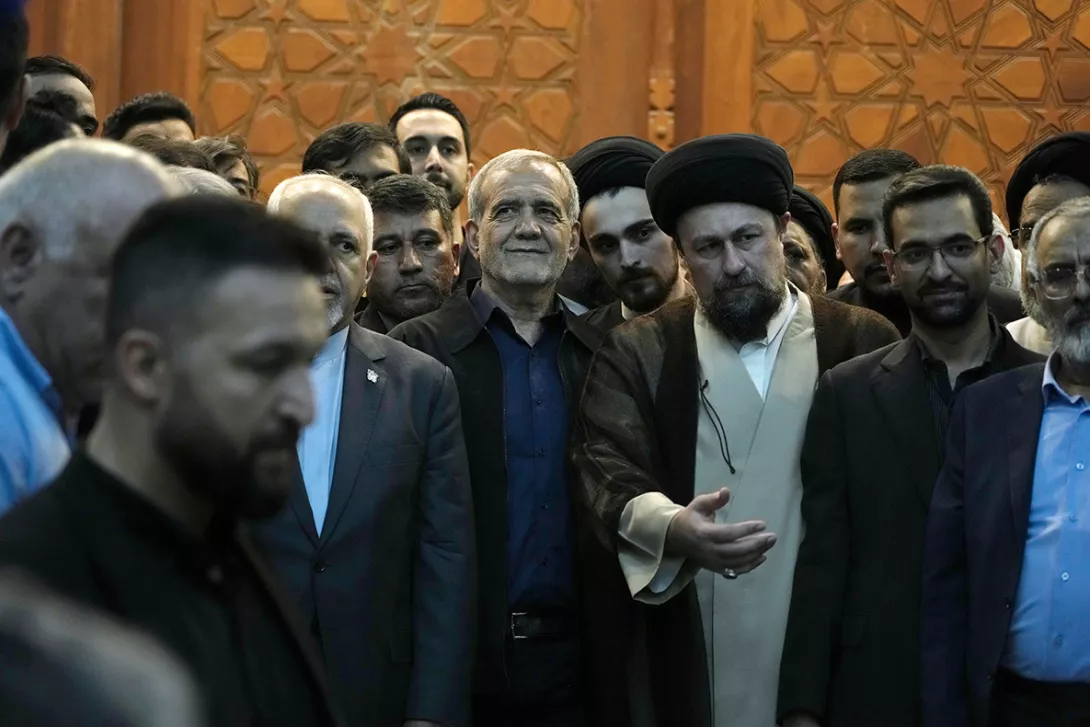
As a new president takes office amid a suspiciously low turnout, the regime’s grip on power grows ever more tenuous as the crises and rebellions become more regular, writes JAMSHID AHMADI
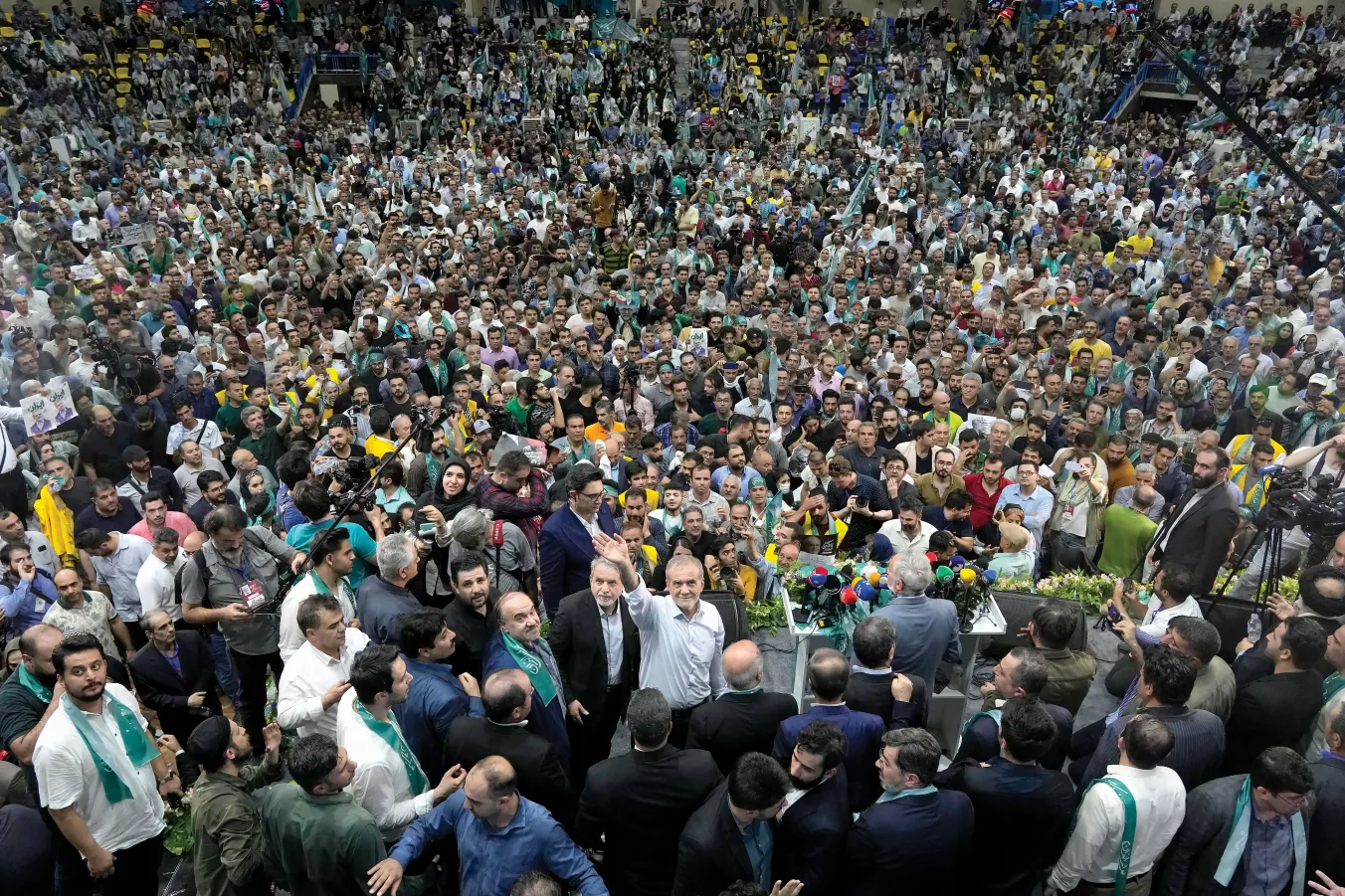
With Iran heading to the polls following the death of president Raisi, STEVE BISHOP assesses the candidates, and warns of a wide and growing gap between the populace and the regime

Analysing the results of last week’s elections reveals a devastating pattern for the theocratic regime, despite all their machinations, leaving them isolated and rejected — another popular movement cannot be far off, writes STEVE BISHOP


